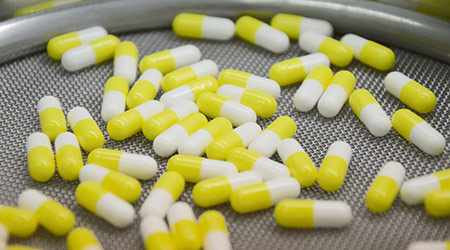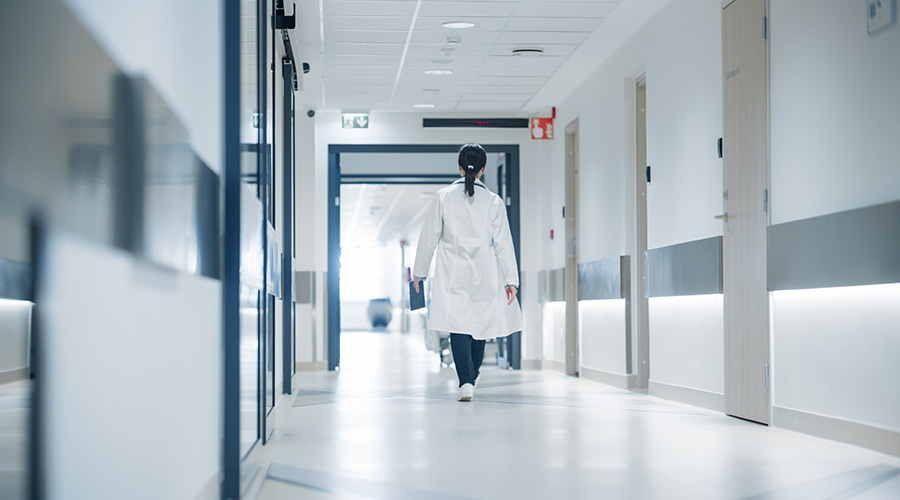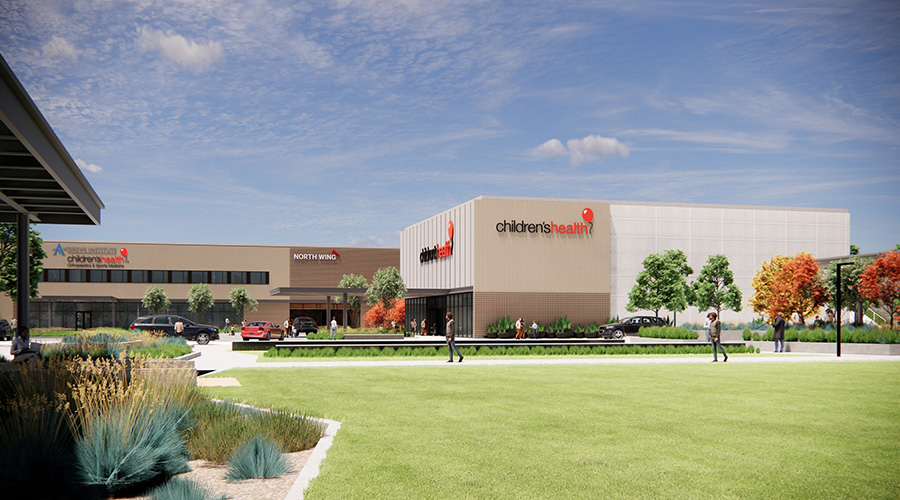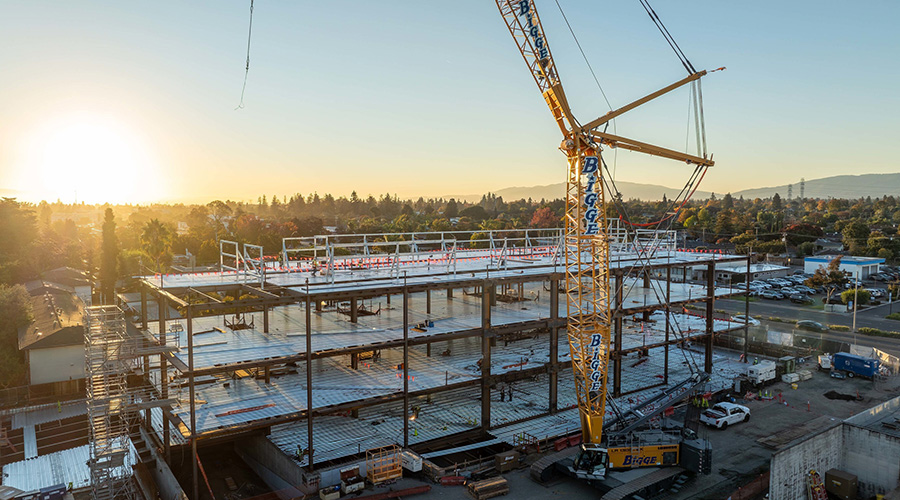Earlier this year, the United States Pharmacopeia (USP) announced plans to align some of their compounding chapters to USP <800> (“Hazardous Drugs – Handling in Healthcare Settings”), which was published in 2016 and is expected to become official Dec. 1, 2019. Specifically, the body is revising General Chapters <795> and <797>, which set standards for compounding nonsterile drugs and sterile drugs, respectively.
As the first step in this effort, USP recently published its Proposed Revision to GC <795>, and a period for public comment and review is now open, until July 31, 2018. In advance of this deadline, healthcare facilities that perform any compounding in their pharmacies need to understand the proposed changes, and determine how they might be impacted, if they go into effect as currently written.
As they stand now, the changes outlined in Proposed Revision to GC <795> (“Pharmaceutical Compounding – Nonsterile Preparations”) are wide-ranging, from requirements for designated space, sanitation and dedicated staff, as well as guidance for “use by” dates, to the actual definition of nonsterile compounding. The revisions are quite substantive, too, and could accordingly have a significant impact on facility workflow and finances, so it’s incumbent on pharmacists and executives to review USP <795> and determine how the scope of the proposed changes could actually influence their practices. Here are some of the revisions likely to be among the most consequential.
Expanding the definition of what constitutes compounding
The proposed revision actually introduces a change to the very definition of compounding itself. The previous version of USP <795> referred to Simple, Moderate and Complex compounding, but these levels of complexity have been removed from the newer version. This change could mean that facilities – which previously did not consider themselves to compound drugs – would now be subject to USP <795> standards. Starting in the introduction, the USP states:
Reconstituting a conventionally manufactured nonsterile product in accordance with the directions contained in the approved labeling provided by the product’s manufacturer is not considered compounding as long as the product is prepared for an individual patient and not stored for future use.
Key to this description is the new “not stored for future use” clause, as it directly affects the very common practice – in both hospital and retail pharmacies – of reconstituting a powder by adding a diluent to make a suspension. So, if a pharmacist is making, say, a simple amoxicillin suspension to be immediately dispensed to a patient, USP <795> states that that process is not compounding. If, however, the pharmacist chooses to make this suspension and place it on the shelf for future use, that now represents “nonsterile compounding” and could have numerous ramifications for pharmacists and facilities that subsequently have to operate by guidelines set for compounding pharmacies.
New rules for beyond-use dates
Also related to the issue of “storing for future use” is the guidance for the beyond-use date (BUD), which is required to state the date beyond which the preparation cannot be used and must be discarded. A big change is found in section 10.3 (Table 3) of GC <795>, which states that: “Nonaqueous dosage forms,” stored at “Controlled room temperature,” will have a BUD of 90 days.
Compare this to the old version of <795>, which stated that:
For Nonaqueous Formulations—The BUD is not later than the time remaining until the earliest expiration date of any API or 6 months.
Based on this language, the USP has effectively reduced the BUD by half for nonaqueous solutions. As such, the requirement would necessitate changes to inventory management, and could cause additional waste.
Designating a program supervisor
Section one states:
The compounding facility must designate one or more individuals (i.e., the designated person) to be responsible and accountable for the performance and operation of the facility and personnel in the preparation of compounded nonsterile preparations (CNSPs).
This requirement is also new and represents a significant demand on facilities to provide a staffer who is uniquely responsible for training on nonsterile compounding, assuring competencies are done, record keeping and conducting observational studies, among other duties. For smaller facilities – such as a critical access hospital with a pharmacy staff of two people – this could necessitate hiring new personnel or bringing in a third party for training, both of which would weigh considerably on that facility’s budget.
Designating dedicated space
Section four of the Proposed Revision to GC <795>, which covers Buildings and Facilities, expands upon a requirement that “compounding facilities must have a space that is specifically designated for [nonsterile] compounding” and that “the surfaces of … a compounding area must be cleanable and must be kept clean.” As written, this section is currently subject to interpretation, as the USP provides no clear definition of what constitutes a “designated space,” only that such an area must be “separated from areas not directly related to compounding.”
In the absence of any additional description, it’s possible that a counter in the corner of the pharmacy could satisfy this criteria – but not necessarily. It’s also possible that this revision mandates a separate room dedicated solely to nonsterile compounding. If facilities do not have such a room to spare, this could necessitate new (and expensive) construction. Sections four and five list out requirements for cleaning, temperature and humidity controls, and functionality of HVAC systems. Without further clarifying details here, this language could signal a requirement for new equipment, special cleaning products, and a whole host of new procedural tasks, including training and staff time for the increased frequency of actual cleanings.
Opportunity for clarification and comment
Given the possible requirement for new staff, financial investment and procedural overhaul, health care executives and facility managers are faced with the responsibility to assess their operations to determine what compliance issues might arise if USP <795> is implemented as currently written. But, they also have an opportunity, before July 31, to write to USP and point out the need for clarification or make a well-reasoned case for revisions to the chapter before it’s formalized. In any case, this latest regulatory activity needs to be on the radar, now, of any facilities that prepare medication for patients.
Kenneth Maxik, MBA, MBB, FACHE, is director of patient safety and compliance for CompleteRx.

 Spaces That Support: Patient-Centered Design for Modern Reproductive Health
Spaces That Support: Patient-Centered Design for Modern Reproductive Health Modernization of Buildings Require Collaboration Across All Disciplines
Modernization of Buildings Require Collaboration Across All Disciplines Children's Health Announces Plans for RedBird Specialty Center in Texas
Children's Health Announces Plans for RedBird Specialty Center in Texas How Can Healthcare Facilities Use Efficiency to Drive Climate and Health Goals?
How Can Healthcare Facilities Use Efficiency to Drive Climate and Health Goals? El Camino Health Rehabilitation Hospital Officially Tops Out
El Camino Health Rehabilitation Hospital Officially Tops Out